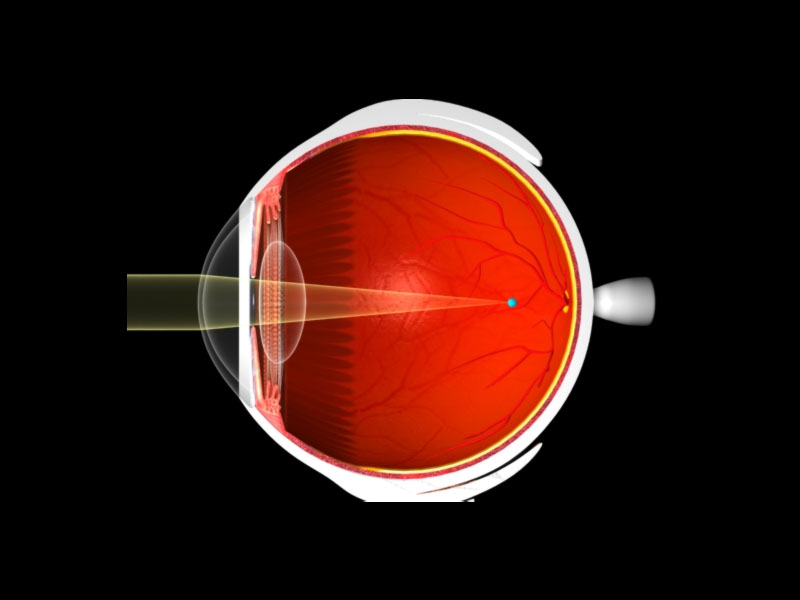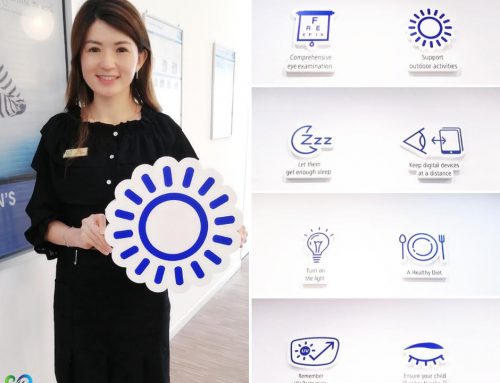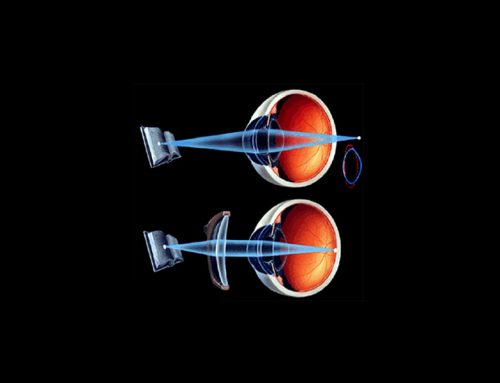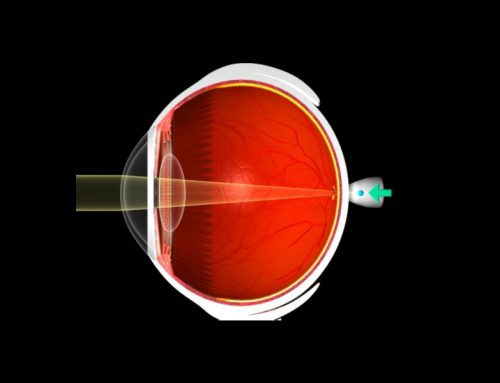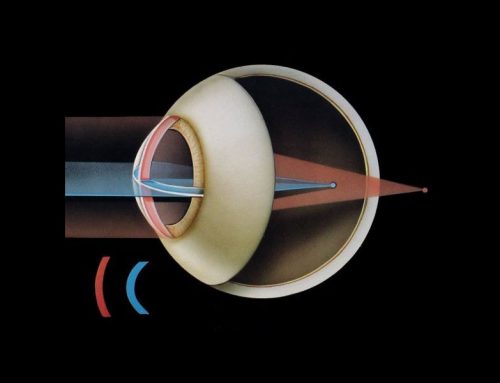Myopia (from Greek mean “Nearsighted) is a refractive error of the eye where light from distance object focus in front of the retina when accommodation** is relaxed.
**Accommodation is the eye’s way of increasing its ability sees clearly from far to close distance by changing the convexity of the crystalline lens
As the object move closer to the eye, the image that forms inside the eye will be shifting toward the retina. Therefore the person can sees clearer when the object is move closer to the eye.
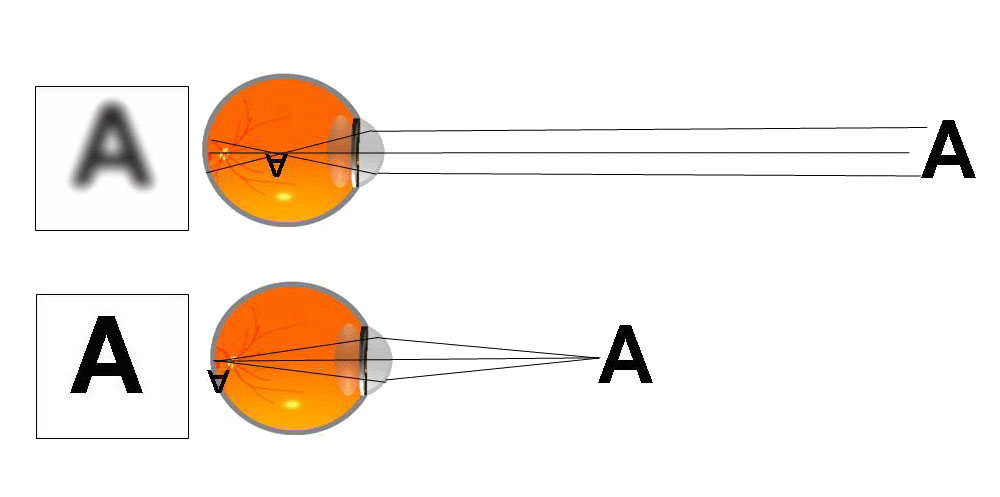
Commonly myopia is due to elongated eyeball and steep cornea. Myopia is corrected using concave lenses which have a negative power, such as glasses, contact lenses. It can be corrected also by refractive surgery, such as LASIK.
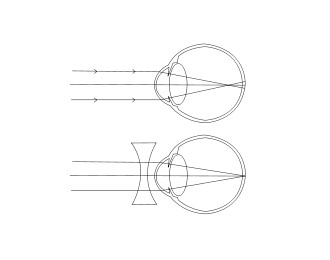
Studies done in many countries has shown that the prevalence of myopia has increase and leading to growing concern about myopia-related complications.
Unfortunately, prevention of myopia remains unsolved. There are a lot of theories about what causes myopia. But, at this point of time, it’s not clear exactly what causes myopia, or what we can do about it.
However, differentiating the consequences of high (Myopia greater than -6 DS) and low myopia is essential, because high myopia tend to associate with macular degeneration, macular holes, retinal breaks and retinal detachment.
Myopia can be induced by metabolic changes in the body such as diabetes mellitus, cataract, cornea swelling and other ocular media disorder.
Beside that, we can also induce myopia our self. This myopia is common in young adults who have active accommodation, such as preparing for exam, or a change in occupation which require a lot of close work. This type of myopia is called Pseudo myopia and it is due to spasm of the ciliary muscle.
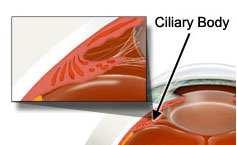
Most of the times, pseudo myopia is misdiagnose, and patient end up wearing short sighted glasses, which give more burden to the accommodation system. Therefore, see a proper optometrist to seek advice on myopia.

